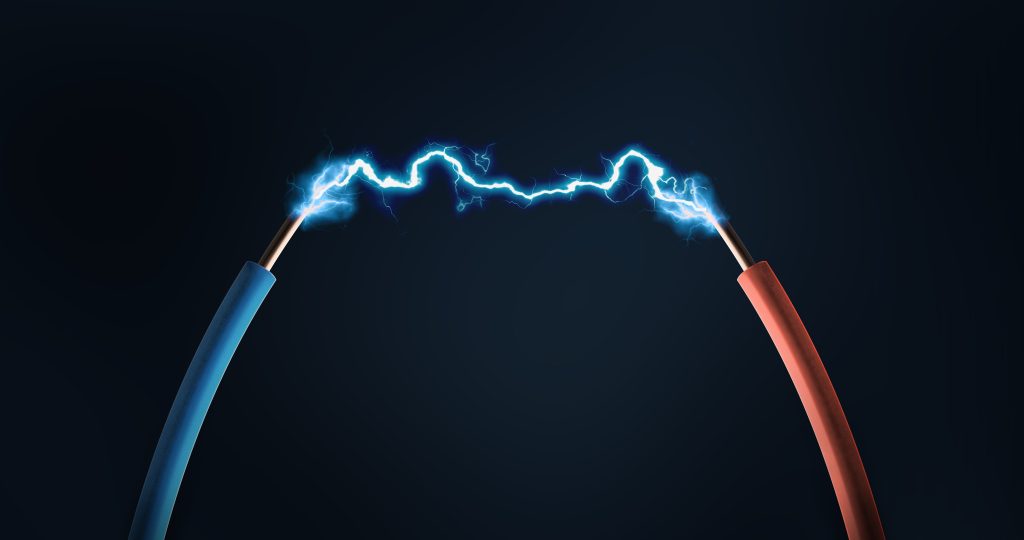Electricity can go off when it rains due to the increased risks of faults and disruptions in the electrical system. Rainwater can cause short circuits in power lines or electrical equipment, mainly if vulnerabilities exist, such as exposed wires or damaged infrastructure. Lightning strikes during storms are a common cause of power outages, as they can damage power lines, transformers, and other components of the electricity distribution network. Heavy rain and strong winds can bring down trees and branches onto power lines, causing outages. The grounding of electrical systems can also be compromised in wet conditions, leading to safety mechanisms tripping to prevent further damage or danger. Utilities, including Peace Power, often prepare for such events with rapid response teams to restore power as quickly as possible.

The most expensive electricity in Canada is found in the Northwest Territories, where several factors converge to elevate costs. This region, lacking in abundant hydroelectric or nuclear resources, primarily relies on diesel generators for electricity production. Diesel, a more expensive energy source, is necessary due to the lack of local, cheaper alternatives. Adding to the high cost is the challenge of transporting diesel fuel to remote and often isolated areas in the Northwest Territories, which significantly increases expenses. The sparse population and extreme climate conditions further escalate the costs associated with electricity infrastructure and maintenance. Consequently, these factors collectively contribute to making the Northwest Territories the region with some of the highest electricity rates in Canada. It’s essential to reference current data for the latest information on these rates, as they are subject to change due to various influencing factors.
The idea that electricity can “run out” is actually a misconception. Unlike fossil fuels, electricity is a type of energy that can be generated and is not a finite resource. The real concern is not the depletion of electricity itself, but rather the sources used to produce it. Fortunately, renewable energy sources such as solar, wind, and hydroelectric power are practically infinite. On the other hand, the availability of fossil fuels, which still account for a significant portion of the world’s electricity production, is limited, and their continued use poses environmental challenges.
A brownout is a temporary reduction in voltage or power supply that can cause lights to dim and electrical appliances to malfunction. Brownouts are usually caused by high demand for electricity, and power companies may implement them to avoid a blackout or overload on the power grid. While brownouts are less severe than blackouts, they can still cause damage to electrical equipment, so it’s important to turn off appliances and devices during a brownout to prevent any damage.
The average price for electricity in the province has been higher than in previous years, with 2023 being no exception. This price hike can be attributed to several factors, including changes in supply and demand, weather patterns, and global market fluctuations.
One major factor contributing to the high cost of electricity in Alberta is the province’s reliance on natural gas as a primary energy source. As the price of natural gas increases, so too does the cost of electricity generated by gas-fired power plants. In addition, the province has experienced some extreme weather events recently, including wildfires and floods, which have disrupted power generation and transmission infrastructure, leading to higher costs.
There are also several local and federal policy factors, such as the provincial carbon tax, which has increased the cost of fossil fuel-based energy sources. This policy aims to incentivize the transition to renewable energy sources, which are generally cheaper and more sustainable in the long run.
If you owe money to your current energy provider, you may still be able to switch to another provider. However, you will need to pay off any outstanding debts before you can switch. Your new provider may also require you to pay a security deposit or agree to a payment plan before they can supply you with energy. It’s important to check the terms and conditions of your current contract before you switch to avoid any penalties or additional charges.
Canada sources its electricity from a mix of energy sources, which varies by province. Common sources include hydroelectric power, nuclear energy, natural gas, coal, wind, solar, and biomass. Hydroelectric power is the dominant source, accounting for a significant portion of the country’s electricity generation. Other sources are used to varying degrees based on regional availability and environmental considerations.
Links